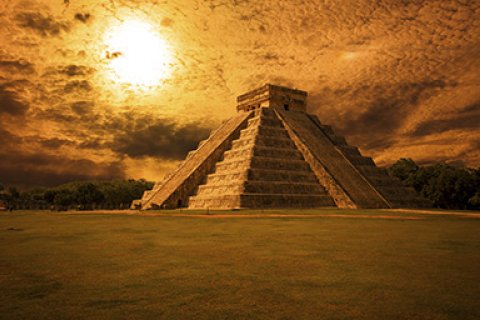El Chichón caused global cooling
Volcanic eruption disrupted human civilization

About 1500 years ago, the Northern Hemisphere cooled down so much that it disrupted human societies across large parts of the globe. The global cooling has been attributed to a major volcanic eruption in 539 and 540 C.E., but until now there is no consensus about the source volcano. Scientists from Utrecht University found out the global cooldown must have been caused by the El Chichón volcano in southern Mexico.
A new chronological framework
Based on a refined reconstruction of the volcano’s eruption history, ir. Kees Nooren and his colleagues from Utrecht University present evidence for El Chichón in southern Mexico as the most likely candidate for disrupting the 6th century climate and the complete Maya civilisation. “By using ash and stone from the eruption (tephra) and the world’s largest Holocene beach ridge plain we were able to create a new chronological framework”, says Nooren. “We were able to connect a prominent volcanic sulfur spike in bipolar ice core records, dated at 539 and 540 C.E., to a major eruption of the El Chichón volcano.”
The decline of the Maya civilisation
The El Chichón eruption injected more sulfur into the stratosphere than the 1815 eruption of Mount Tambora. Chichón exceeded Tambora in its global effect on climate, and voluminous tephra-fall had a severe environmental impact on Maya societies. It lead to temporary cultural decline, site abandonment and migration within the core area of Maya civilisation.
Kees Nooren gave a press conference about his research during the EGU Congress. Watch the press conference on the EGU website (19 April, press conference 2, from 11:48).
Faculty of Geosciences: a sustainable Earth for future generations

